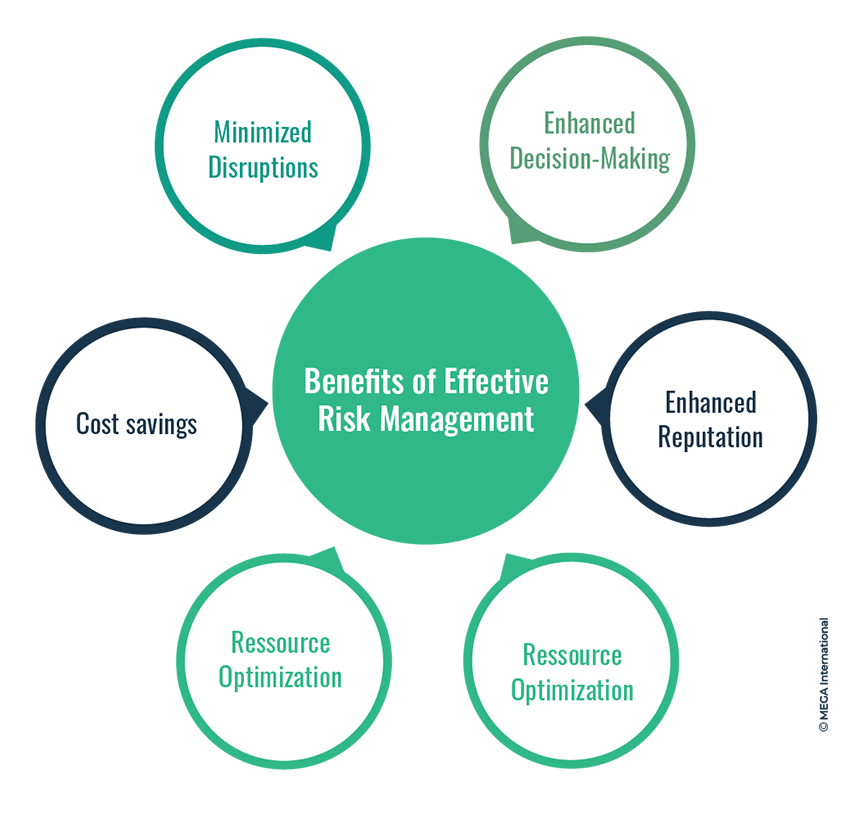The Impact of the Importance of Risk Management on Organizational Governance
The Impact of the Importance of Risk Management on Organizational Governance
Blog Article
The Value of Comprehending the Importance of Risk Management in Different Industries

The Core Principle of Risk Management and Its Purpose
Risk Management, the foundation of numerous sectors, pivots on the identification, evaluation, and reduction of unpredictabilities in a service atmosphere. By correctly identifying prospective dangers, organizations can create strategies to either stop these risks from occurring or minimize their influence. As soon as risks have been recognized and examined, the reduction procedure entails developing methods to lower their potential effect.
Advantages of Executing Risk Management in Service Workflow

Unveiling the Duty of Risk Management in Different Industries
While every market challenges its distinct set of risks, the execution of Risk Management methods remains a common in their pursuit of sustainability and growth. In the medical care field, Risk Management entails making certain patient safety and security and information defense, while in finance, it entails mitigating investment risks and making sure regulative conformity (importance of risk management). Building and construction companies focus on worker security, job hold-ups, and budget plan overruns. In the innovation market, firms mitigate cybersecurity dangers and technology obsolescence. Eventually, the function of Risk Management throughout markets is to recognize, analyze, and mitigate dangers. It is an essential component of tactical preparation, making it possible for companies to safeguard their assets, optimize chances, and accomplish their purposes.
Real-life Study Showing Successful Risk Management
To comprehend the importance of Risk Management in these numerous fields, one can aim to numerous real-life circumstances that show the successful application of these steps. As an example, in the energy industry, British Petroleum developed Risk mitigation Full Article prepares post the 2010 Gulf of Mexico oil spill. They executed far better safety and security procedures and stricter guidelines which significantly lowered more mishaps. Likewise, in financing, Goldman Sachs effectively browsed the 2008 financial crisis by recognizing potential mortgage-backed safety and securities threats early. Toyota, publish the 2011 quake in Japan, changed its supply chain Management to reduce disruption threats. These situations demonstrate how sectors, gaining from situations, properly applied Risk Management approaches to minimize future threats.
Future Fads and Growths in Risk Management Methods
Cybersecurity, as soon as a peripheral issue, has catapulted to the center of Risk Management, with techniques concentrating on discovery, prevention, and response. The combination of ESG (Environmental, Social, Administration) factors into Risk Management is another growing trend, reflecting the raising recognition of the duty that social and ecological dangers play in service try this site sustainability. Therefore, the future of Risk Management lies in the combination of advanced innovation, innovative approaches, and a holistic strategy.
Final thought
In conclusion, understanding the importance of Risk Management across a spectrum of industries is important for their durability and success. Tailored strategies can assist alleviate potential risks, safeguard assets, and foster stakeholder depend on. In addition, proactive decision-making aids in regulative conformity and enhances source use. Ultimately, successful Risk Management adds to more lasting and durable businesses, highlighting the relevance of this technique in today's vibrant and very competitive organization environment.
While every industry challenges its one-of-a-kind set of dangers, the execution of Risk Management approaches stays a typical denominator in their search of sustainability and development. In the healthcare sector, Risk Management requires making certain person safety and information protection, while in financing, it includes mitigating investment dangers and making certain regulative conformity. Ultimately, the duty of Risk Management throughout Continued markets is to recognize, evaluate, and minimize risks. These cases show how sectors, finding out from situations, properly used Risk Management approaches to reduce future risks.

Report this page